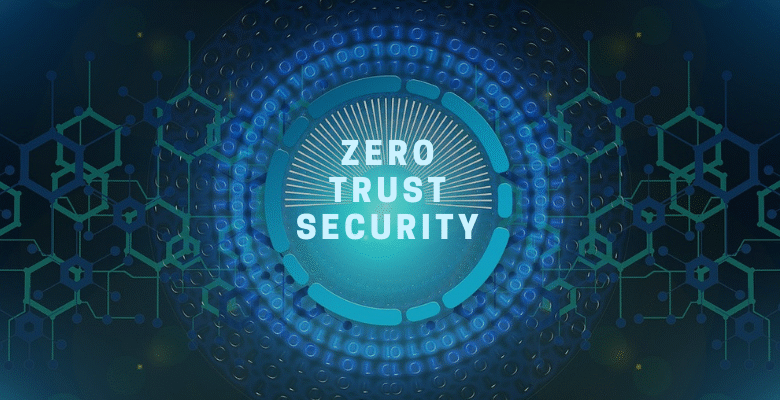Why Zero Trust Security Is Worth Your Attention

Cybersecurity is no longer just a problem for IT teams. It affects every part of a business. One weak password or a hacked account can open the door to serious trouble. That’s why more companies are using Zero Trust Security. It’s a smarter way to protect data, systems, and people.
Zero Trust isn’t a single tool or software. It’s a strategy. Instead of assuming everything inside your network is safe, it treats every request like a potential threat. It’s a simple idea: trust no one, verify everything.
This article breaks it down in plain terms. We’ll look at how it works, why it’s different, and what you need to make it happen.
How Zero Trust Works
Traditional security systems work like a castle with a moat. Once someone gets past the gate (logs in), they can go almost anywhere. That used to work when everyone was in one office and on company computers. But now, people work from home, use personal devices, and connect from different places. The old system just can’t keep up.
Zero Trust flips the model. It doesn’t trust anyone just because they’re on the network. Every user, device, and app must prove who they are—every time. It also limits what people can do once they’re in. If someone only needs access to email, they won’t get into the finance system.
To do this, companies use tools like multi-factor authentication, device checks, and behavior monitoring. It’s not about stopping all traffic. It’s about checking and controlling who can see and do what.
Why It’s Different from Other Security Models
Many security setups trust users after they log in once. This is called the “trust but verify” model. It assumes that if someone has the right password, they must be safe. But passwords get stolen. Devices get infected. People click on fake links. That one-time check is no longer enough.
Zero Trust does not rely on a single point of entry. It keeps watching. It checks identities and behavior constantly. If something seems off—like a user logging in from a new country or accessing unusual files—it can block access or send alerts.
This makes it much harder for hackers to move around if they do get in. They can’t jump from one system to another. And they can’t stay hidden for long.
Key Components You Need to Know
There are several important pieces that make up this approach. These are often called the components of Zero Trust, and they work together to create layers of protection.
First is identity verification. Every user needs to prove who they are, not just once, but often. This can include passwords, fingerprints, security codes, or device recognition. If something changes—like logging in from a new phone—the system takes a closer look.
Next is device security. Even if a person is trusted, their laptop might not be. Zero Trust systems check if devices are up to date, have antivirus protection, or are being used in unusual ways.
Then comes access control. People only get access to what they need. This is called “least privilege.” It means no one gets full access unless it’s absolutely required. This helps prevent large-scale breaches.
Network segmentation is another part. Instead of one big open system, Zero Trust breaks it into smaller parts. If one section is attacked, the rest stay protected.
Monitoring and response tools are also essential. These tools track behavior in real time. If something suspicious happens, the system reacts—either by blocking access, logging the activity, or alerting a human team to investigate.
Putting It All Together
Zero Trust is not something you set up in one day. It takes time. But it can start small. Many companies begin with multi-factor login and expand from there. The goal is to build trust slowly and only when it’s earned.
The good news is that most businesses already have some of the tools needed. It’s just a matter of connecting them and making them work together. Over time, the system gets smarter, and your data gets safer.
As threats continue to grow, Zero Trust offers a better way to stay protected. It reduces the chances of large-scale attacks. It also gives teams more control and better visibility into what’s going on.
Zero Trust isn’t just for big companies. Even small teams can use its ideas. Whether you’re protecting customer data, financial info, or your own internal files, the approach works.
If you’re serious about cybersecurity, it’s worth learning how to make Zero Trust part of your plan.




